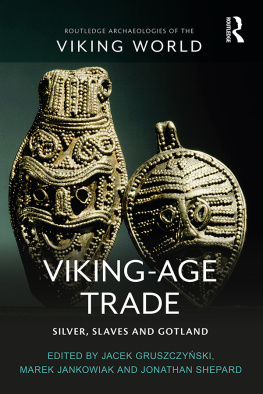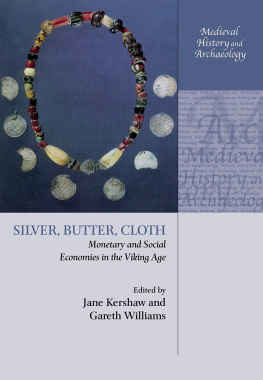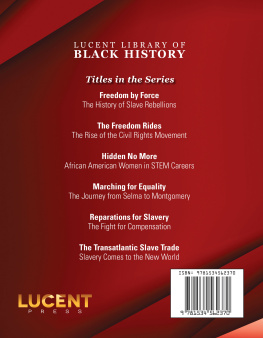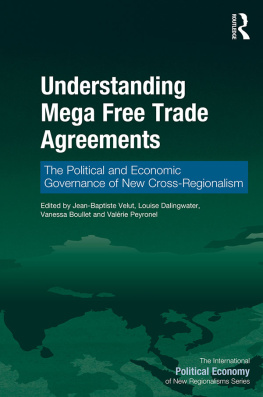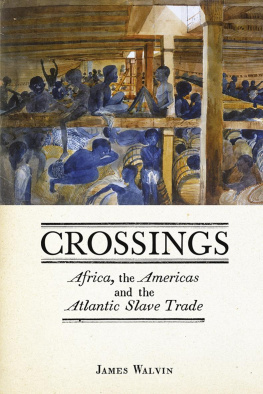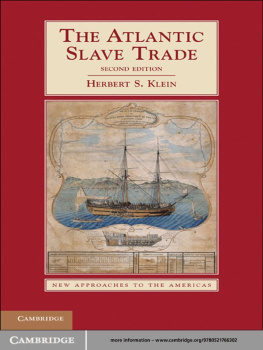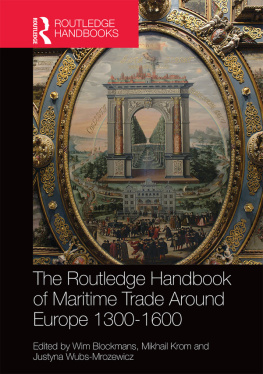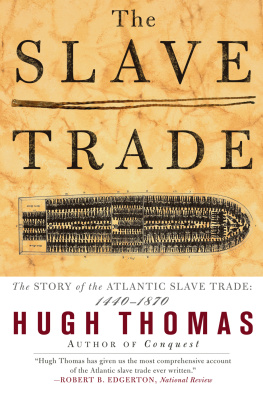Viking-Age Trade
That there was an influx of silver dirhams from the Muslim world into eastern and northern Europe in the ninth and tenth centuries is well known, as is the fact that the largest concentration of hoards is on the Baltic island of Gotland. Recent discoveries have shown that dirhams were reaching the British Isles, too. What brought the dirhams to northern Europe in such large numbers? The fur trade has been proposed as one driver for transactions, but the slave trade offers another complementary explanation.
This volume does not offer a comprehensive delineation of the hoard finds, or a full answer to the question of what brought the silver north. But it highlights the trade in slaves as driving exchanges on a trans-continental scale. By their very nature, the nexuses were complex, mutable and unclear even to contemporaries, and they have eluded modern scholarship. Contributions to this volume shed light on processes and key places: the mints of Central Asia; the chronology of the inflows of dirhams to Rus and northern Europe; the reasons why silver was deposited in the ground and why so much ended up on Gotland; the functioning of networks perhaps comparable to the twenty-first-century drug trade; slave-trading in the British Isles; and the stimulus and additional networks that the Vikings brought into play.
This combination of general surveys, presentations of fresh evidence and regional case studies sets Gotland and the early medieval slave trade in a firmer framework than has been available before.
Jacek Gruszczyski was a Research Associate at the Khalili Research Centre, University of Oxford and now works as an archaeology and heritage consultant.
Marek Jankowiak is Associate Professor of Byzantine History at the University of Oxford.
Jonathan Shepard was University Lecturer in Russian History at the University of Cambridge.
Routledge Archaeologies of the Viking World
Series Editors: Neil Price, Charlotte Hedenstierna-Jonson and Ben Raffield
Viking Silver, Hoards and Containers
The Archaeological and Historical Context of Viking-Age Silver Coin Deposits in the Baltic c. 8001050
Jacek Gruszczyski
Monarchs and Hydrarchs
The Conceptual Development of Viking Activity across the Frankish Realm (c. 750940)
Christian Cooijmans
For more information about this series, please visit: www.routledge.com/Routledge-Archaeologies-of-the-Viking-World/book-series/RAVW
First published 2021
by Routledge
2 Park Square, Milton Park, Abingdon, Oxon OX14 4RN
and by Routledge
52 Vanderbilt Avenue, New York, NY 10017
Routledge is an imprint of the Taylor & Francis Group, an informa business
2021 selection and editorial matter, Jacek Gruszczyski, Marek Jankowiak and Jonathan Shepard; individual chapters, the contributors
The right of the editors to be identified as the authors of the editorial material, and of the authors for their individual chapters, has been asserted in accordance with sections 77 and 78 of the Copyright, Designs and Patents Act 1988.
All rights reserved. No part of this book may be reprinted or reproduced or utilised in any form or by any electronic, mechanical, or other means, now known or hereafter invented, including photocopying and recording, or in any information storage or retrieval system, without permission in writing from the publishers.
Trademark notice: Product or corporate names may be trademarks or registered trademarks, and are used only for identification and explanation without intent to infringe.
British Library Cataloguing-in-Publication Data
A catalogue record for this book is available from the British Library
Library of Congress Cataloging-in-Publication Data
Names: Gruszczynski, Jacek, 1980- editor. | Jankowiak, Marek, editor. | Shepard, Jonathan, editor.
Title: Viking-age trade : silver, slaves and Gotland / edited by Jacek Gruszczyski, Marek Jankowiak and Jonathan Shepard.
Description: Abingdon, Oxon ; New York, NY : Routledge, 2021. |
Series: Routledge archaeologies of the Viking world | Includes bibliographical references and index.
Identifiers: LCCN 2020017582 (print) | LCCN 2020017583 (ebook) | ISBN 9781138293946 (hardback) | ISBN 9781315231808 (ebook)
Subjects: LCSH: ScandinaviaCommerceHistoryTo 1500. | Gotland (Sweden)CommerceHistoryTo 1500. | SlaveryScandinaviaHistoryTo 1500. | SlaverySwedenGotlandHistoryTo 1500. | SilverScandinaviaHistoryTo 1500. | SilverSwedenGotlandHistoryTo 1500.
Classification: LCC HF3640 .V55 2021 (print) | LCC HF3640 (ebook) | DDC 382/.440948dc23
LC record available at https://lccn.loc.gov/2020017582
LC ebook record available at https://lccn.loc.gov/2020017583
ISBN: 978-1-138-29394-6 (hbk)
ISBN: 978-1-315-23180-8 (ebk)
This volume is one of the outcomes of the Dirhams for Slaves research project that was funded by the UKs Arts and Humanities Research Council between 2013 and 2017. As Dagfinn Skre notes in his concluding remarks, the challenges in investigating the trade system that connected northern Europe and the Islamic world in the ninth and tenth centuries were considerable. Specialists from a number of disciplines were necessary, including numismatists, archaeologists and historians specialising in the British Isles and Scandinavia to Russia and the Islamic world, and all points in between. The projects basic research proposition that the hundreds of thousands of dirhams found in hoards strewn across northern Europe were the residue of large-scale trade in which slaves played a key role was challenging in a number of ways; indeed, the seminar series where some of the papers in this volume were first aired was entitled The Dark Ages dirty secret?.
The questions the finds of dirhams pose are enumerated further in the introductory chapter to the volume. But on a more practical level, such interdisciplinary work poses its own editorial challenges. How can archaeological or numismatic materials be made accessible to the non-specialist without over-simplifying? Should quotations be transliterated or given in the original language? And how best to style Scandinavian and Arabic names to make them digestible to the lay reader? The answers to such questions are never easy and our solutions are open to the charge of being overly broad-brush. But we have tried to make this volume clear and accessible primarily to English-speaking non-specialists, notably in adopting consistent and recognisable forms of proper names and technical terms. Most northern European place names are untouched. We have adopted conventional versions of Arabic place names (Baghdad instead of Madinat al-Salam, for example), although for Arabic mints we have generally retained the original names or offered both them and the modern ones. In , there is a short table of these variants and an outline of the dynasties issuing them (Appendices 8.2 and 8.1).
One fundamental area where standardisation has been attempted with some difficulty is that of periodisation. For example, the term Viking Age means different things even to scholars within Sweden, running to around 1050 for most but until 1150 in Gotland; the Migration Period in Swedish scholarship runs from 400 to 600 ad, while for Polish scholars it means 375 to 500 ad. We have adopted a simplified scheme in this volume detailed in Table 0.1 (although it should be noted that some of our contributors preferred to retain their own periodisation or categories and notes to this effect are given in their chapters).

